Optimal Timing for Smoke Alarm Installations
Proper timing for smoke alarm installations is essential to ensure safety and compliance. Installing alarms during scheduled home upgrades or renovations can be optimal, as it allows integration with other safety systems. Additionally, installing alarms before the colder months can prevent issues related to humidity and temperature fluctuations that may affect device performance.
Installing smoke alarms during renovations ensures they are integrated before occupancy, enhancing safety from the start.
Pre-winter installation helps avoid malfunctions caused by cold temperatures and humidity changes.
Replacing outdated alarms promptly maintains optimal safety and compliance standards.
Installing alarms soon after moving ensures the new residence is protected from day one.
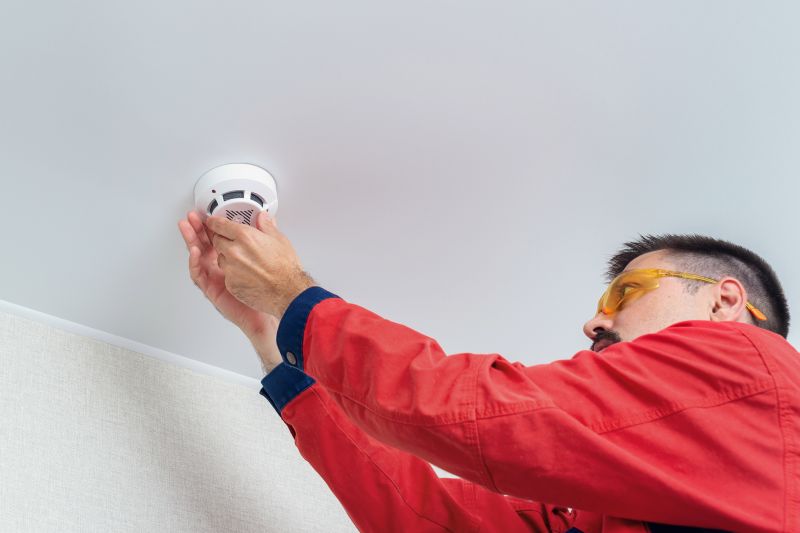
Ways to make Smoke Alarm Installations work in tight or awkward layouts.
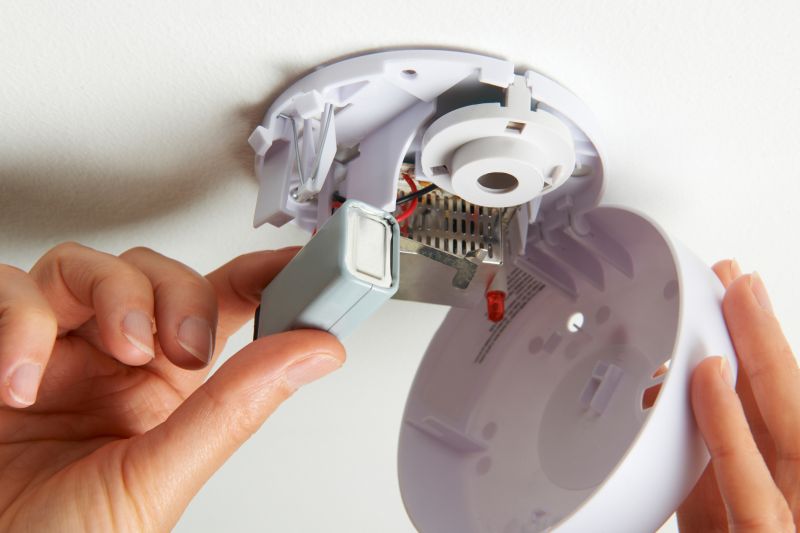
Popular materials for Smoke Alarm Installations and why they hold up over time.
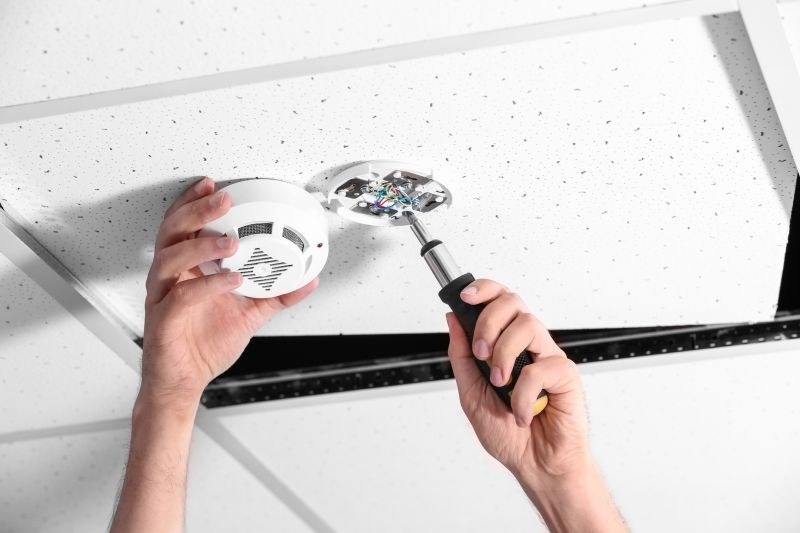
Simple add-ons that improve Smoke Alarm Installations without blowing the budget.

High-end options that actually feel worth it for Smoke Alarm Installations.

Finishes and colors that play nicely with Smoke Alarm Installations.
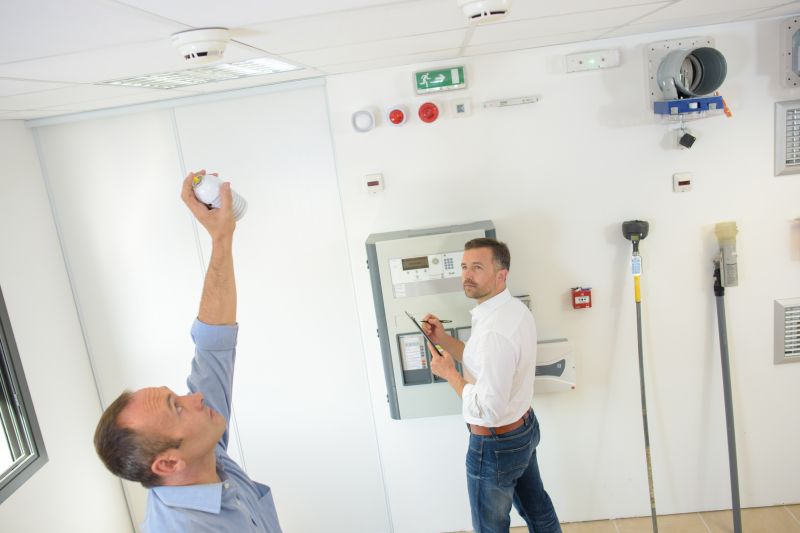
Little measurements that prevent headaches on Smoke Alarm Installations day.
Smoke alarm installations are a critical component of home safety, providing early warning in case of fire or smoke. According to safety statistics, homes with functioning smoke alarms experience significantly fewer fire-related injuries and fatalities. Proper placement and timely installation of alarms can detect smoke early, allowing occupants more time to evacuate and reducing property damage.
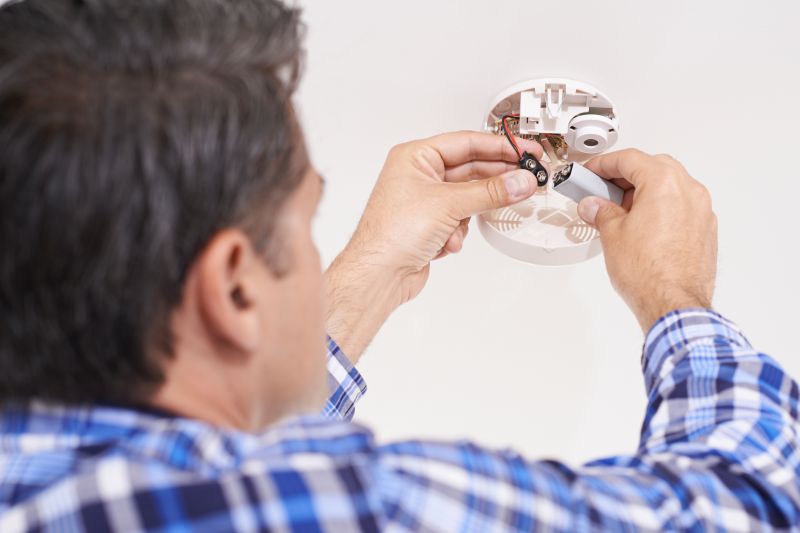
A 60-second routine that keeps Smoke Alarm Installations looking new.
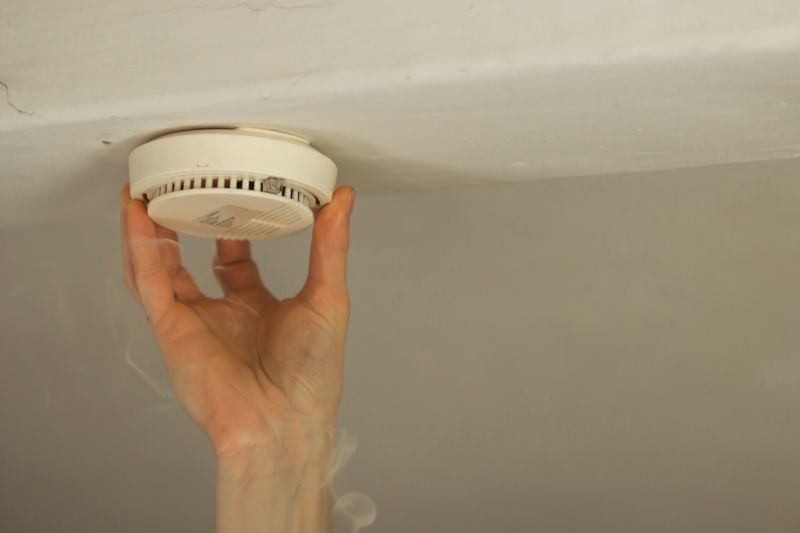
A frequent mistake in Smoke Alarm Installations and how to dodge it.
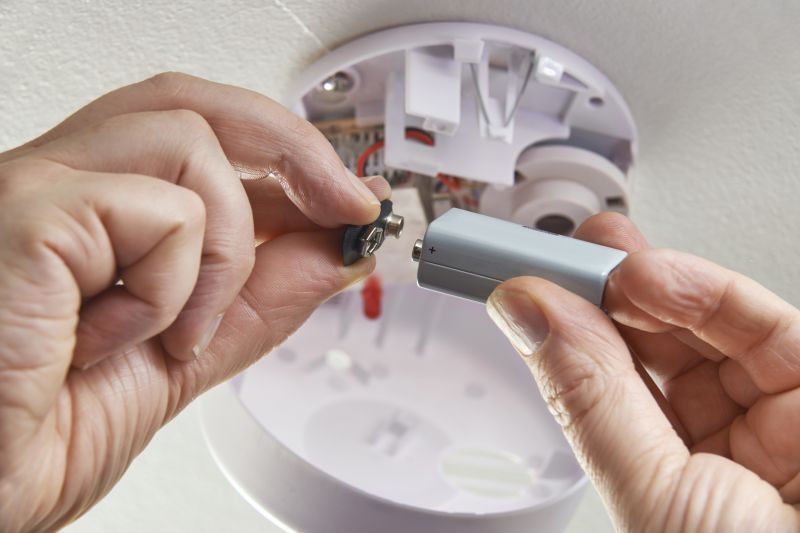
Small tweaks to make Smoke Alarm Installations safer and easier to use.
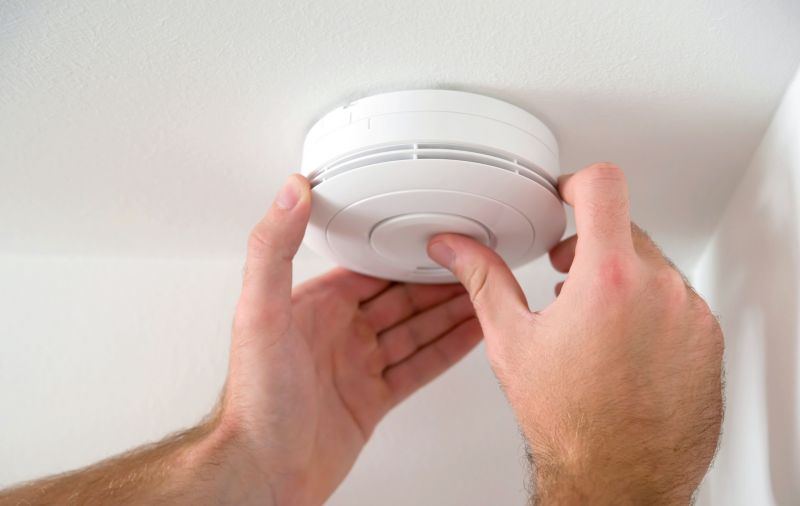
Lower-waste or water-saving choices for Smoke Alarm Installations.
| Optimal Installation Timing | Key Considerations |
|---|---|
| During renovations | Ensures integration before occupancy. |
| Pre-winter | Prevents malfunction due to cold and humidity. |
| When replacing old alarms | Maintains safety standards. |
| Post-move-in | Provides immediate protection. |
| During routine maintenance | Keeps alarms functioning properly. |
| Before major holidays | Ensures safety during gatherings. |
| After electrical system upgrades | Ensures alarms are compatible. |
Timely installation of smoke alarms enhances safety and ensures compliance with safety regulations. Regular updates and proper placement are crucial for effective early detection. If interested in scheduling smoke alarm installations or learning more about safety protocols, filling out the contact form is recommended.



